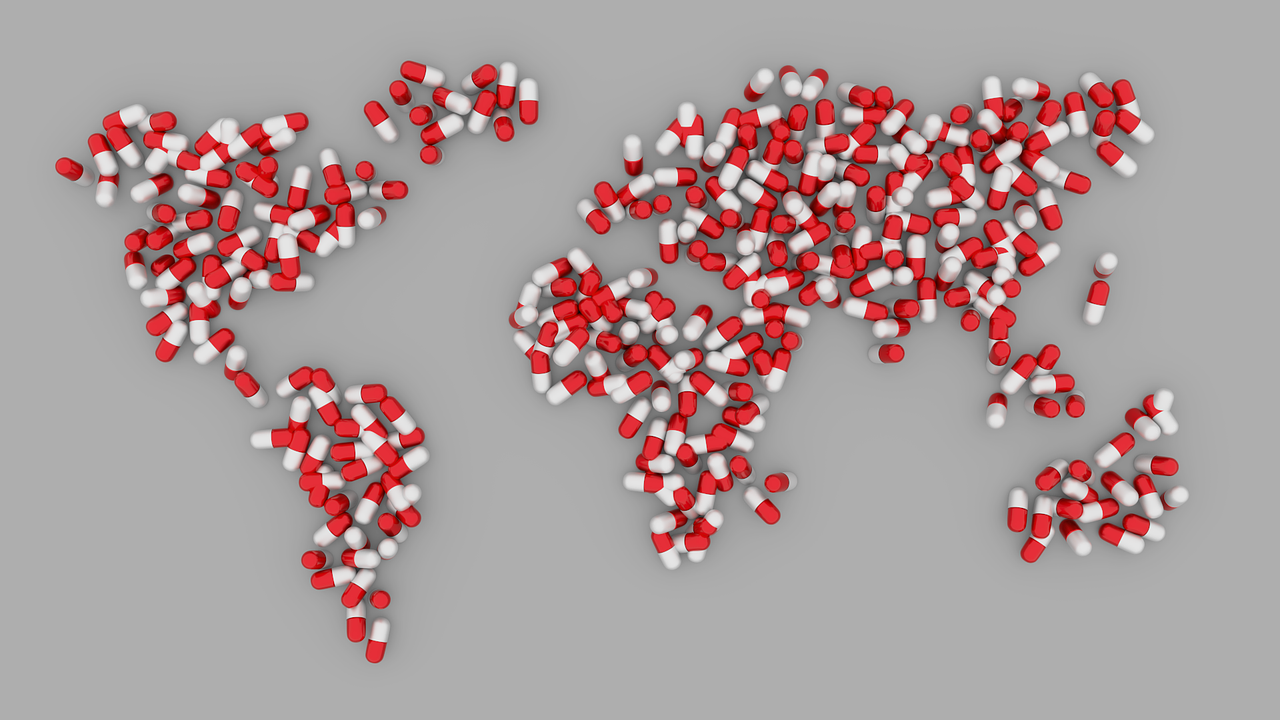The question of how much it costs and who contributes to the development of new medicines is at the core of current public and policy debates. It has implications for determining what would be a fair price, as well as for designing innovative approaches on how to better incentivise innovation. However, despite a few estimates, there is a lack of transparency on research and development (R&D) costs and scarce information about the different types of public investments involved. Retracing the history of the development of specific medicines can improve our understanding of who contributes to drug development and how.
Dzintars Gotham will present a forthcoming publication on investments in the development of bedaquiline, the first new drug to treat tuberculosis in 50 years. Public contributions to R&D were estimated based on direct funding of clinical studies, tax credits and deductions for the pharmaceutical company, and revenues resulting from a US FDA Priority Review Voucher (PRV). The study found that investments from the public and philanthropic sector exceeded those incurred by the private sector developer. Lindsay McKenna will discuss the research findings and their relevance for access to and pricing of bedaquiline, as well as for incentivising pharmaceutical innovation as global public goods.
Speakers

Dzintars Gotham
Independent Researcher
Lindsay McKenna
TB Project Co-Director, Treatment Action Group
Event Materials & further information
- Conference abstract: Public investments in the clinical development of bedaquiline, D Gotham, L McKenna, M Frick, E Lessem
- Q&A Session with the Participants
- Research syntheses: Costs of Pharmaceutical R&D, Public Funding of Pharmaceutical R&D
- Webinar: R&D costs of cancer medicines
- Webinar: Public funding of drug development
- Webinar: Fair pricing of medicines






